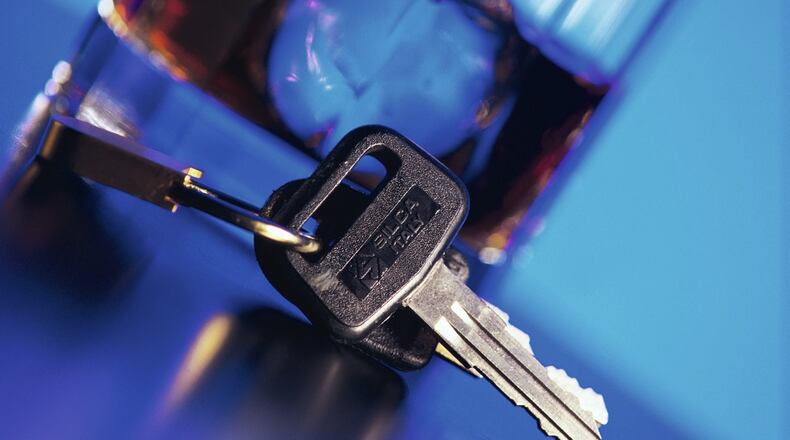Twenty-eight people die each day in the United States in vehicular accidents that involve an alcohol-impaired driver, accounting for one death every 51 minutes, offers the U.S. Centers for Disease Control and Prevention. Statistics Canada points out that impaired driving remains one of the most frequent criminal offenses in Canada and is among the leading criminal causes of death. While alcohol-impaired driving has decreased over the past several decades, drug-impaired driving is on the rise.
The National Highway Traffic Safety Administration says alcohol and certain drugs reduce functions of the brain and impair thinking, reasoning and muscle coordination. These are all skills that are essential to the safe operation of motor vehicles. Some of the typical effects of impairment increase proportionally to the level of blood alcohol concentration. Furthermore, interactions between alcohol and other substances in the body can increase the level of risk when driving. Impairment laws vary by area. Blood alcohol concentration laws typically consider a blood alcohol content, or BAC, of .08 percent or above as criminal. The NHTSA says that a BAC of .08 or higher contributes to poor muscle coordination, leading to slower reaction control, decreased balance and impaired vision and hearing. Memory may be diminished and self-control and reasoning are compromised at this point as well.
Distracted driving
It is important to note that driving under the influence of illegal substances, alcohol and even prescription medications can lead to crashes. But a recent and increasingly pervasive driving problem is distracted driving.
The Federal Communications Commission says the use of mobile devices behind the wheel can cause unintended and deadly consequences. The NHTSA says that at any moment during the day, about 660,000 drivers use cell phones or manipulate electronic devices while driving – a figure that has remained stable since 2010.
Preventing vehicular accidents, injuries and fatalities comes down to using common sense.
- No one should text and drive. Store phones out of reach or set "away" messages and quiet alerts while behind the wheel. If a phone must be used, pull over to a safe area to do so.
- Know the side effects of medications you are taking and how they can impair driving. If taking a newly prescribed medication, do not operate a vehicle until you understand how it makes you feel.
- Pull over if you are feeling drowsy behind the wheel. Opening the window or listening to loud music may not be enough to keep you awake.
- Never mix alcohol or drugs with driving. Opt for a rideshare service or taxi if you will be having a few drinks at a bar or restaurant. Even one or two drinks can impair drivers.
Impaired and distracted driving is no joke. It is a problem throughout the year, but one that is largely preventable.
About the Author
